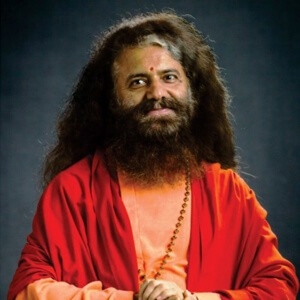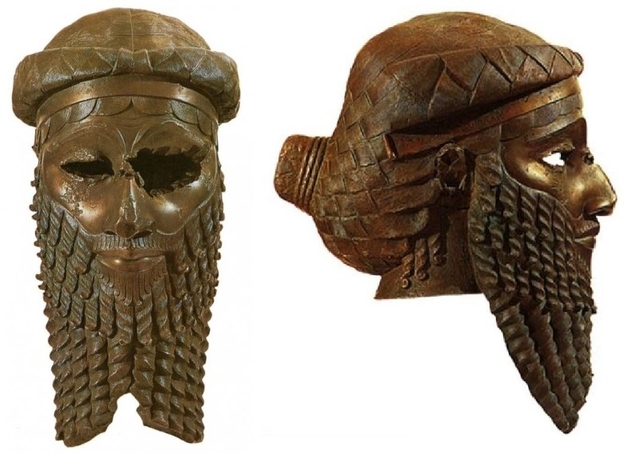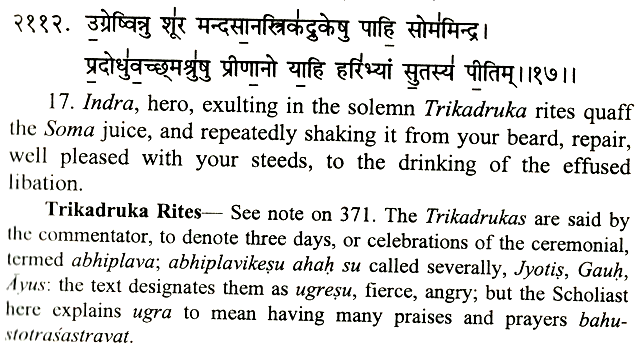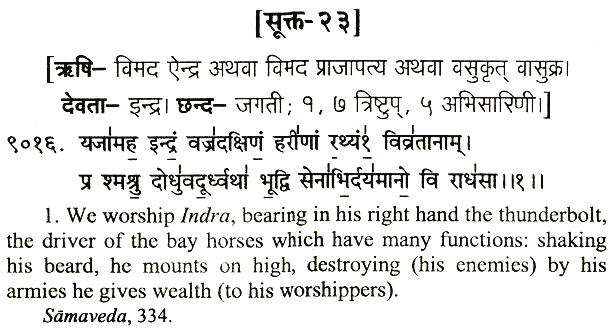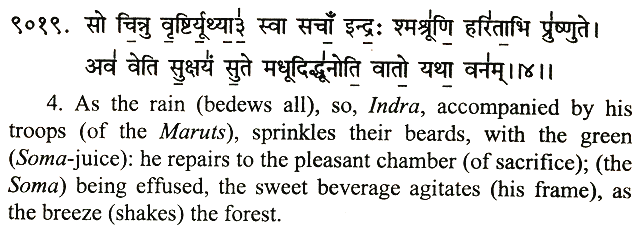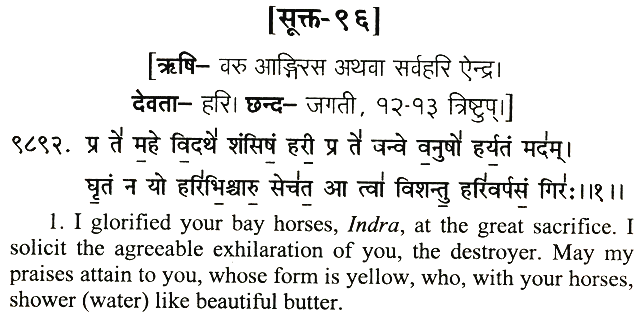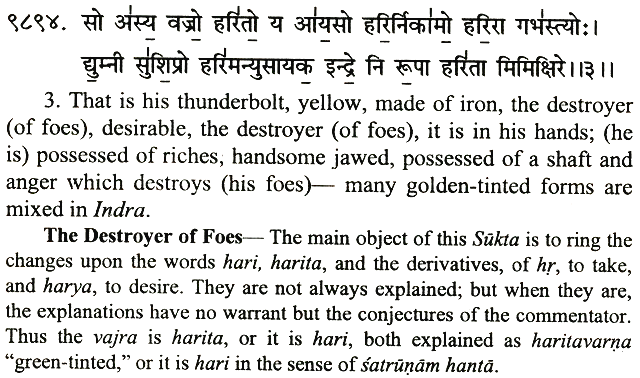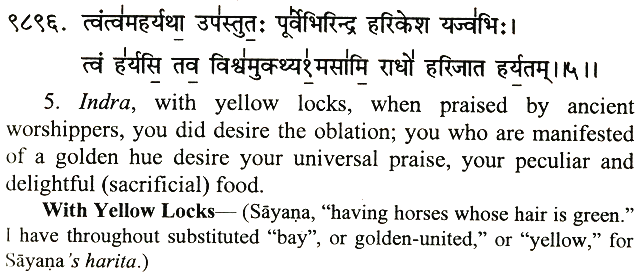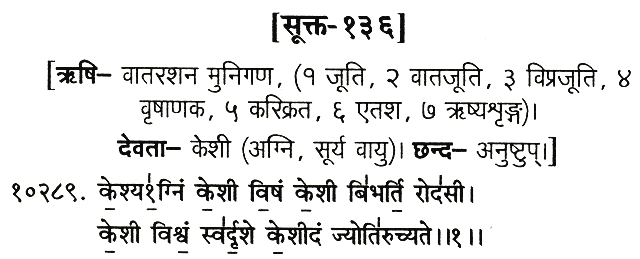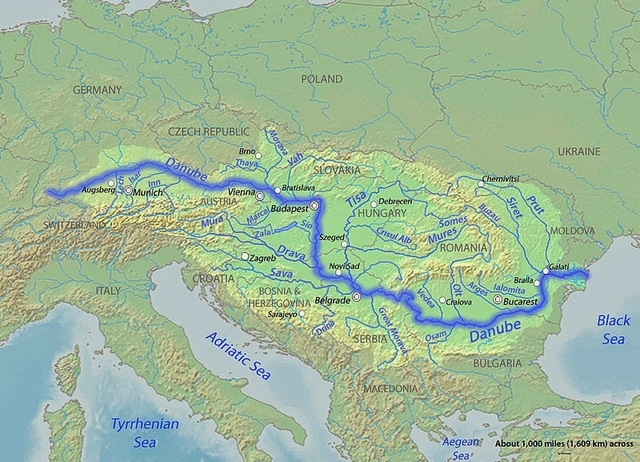
| BEARD, MOUSTACHE AND LONG HAIR Sumerians are Aryans. Beard, Moustache and keeping long hair has been part of Aryan civilization.
To know more about Sumerians Click here.
Vedic Aryans
Zoroastrianism
Judaism
Christianity
Islam In majority of religions Beard, Moustache and long hair is common which means that keeping Beard and Moustache is a ancient tradition. This ancient tradition starts from Sumerians who are Aryans and it is confirmed by Vedic Aryan scriptures known as Veds.
1. Introduction :
The epic history and legend of the beard goes back a long, long way. In prehistoric times, scientists believe that men grew long beards for three main reasons. First, for warmth. The beard provides the face with protection from the elements, and a natural shield from the more delicate parts of the face around the mouth and lips. Next, prehistoric men grew their beards for protection. The thick, rich beards that they could grow were so full that they helped cushion blows to the face. Concussions from a fistfight? Not with the right beard.
Prehistoric men also wore their beards as a sign of intimidation, something that has carried through the centuries. Much like the mane of the majestic Lion, the beard creates a manlier, more testosterone-infused look by creating the appearance of a thicker, stronger-looking jaw line. As such, the beards of prehistoric men were regarded as a sign of honour. They were only ever cut as punishment, to mark the men who were not worthy of keeping their beards because of what they’d done. Only a man who acted and behaved with honour was entitled to keep his beard.
The beard has meant a great deal to many cultures. Above all else, however, the beard has always stood as a symbol of masculinity with tremendous importance. In Celtic tribes, for example, the beard was so revered that Otto the Great swore by his beard whenever he had something of great seriousness and importance to say. If men were to have to swear on their facial hair today, the world might be a much more honest and trustworthy place.
In ancient India and most eastern cultures, beards were venerated at a higher level than almost anywhere else. Long beards stood for dignity and wisdom, strength and courage, and this is often the case today. Beards in these places were so revered that they were also used in the prosecution of crimes. A typical punishment for licentiousness or committing adultery was to have one’s beard cut off, to show those around him that he was not worthy of the honour that is having a beard. In addition, men also pledged their beards for the payment of a debt.
The beard is a very personal thing. During the middle ages, for example, touching another man’s beard was downright offensive, and could even be grounds for a duel. Some might say that this is still the case today, although there are far fewer duels in 2016 than there were a thousand years ago.
In ancient Egypt, the beard was regarded as a symbol of wealth, power, and importance. In fact, the richest and most powerful men during those times would have their beards dyed, and plaited with interwoven gold thread. The ancient Greek and Mesopotamian cultures also dressed their beards and treated them with an incredible amount of respect. This early form of grooming has been replaced with magnificent waxes, oils, and balms that can now help men keep their beard looking its absolute best at all times.
2. Moustache and Bead in Sumerians :
Sargon the Great of Akkad who reigned from circa 2334 BC to 2284 BC 3. History of Beard and Moustache :
Since, for guidance we are left with one of the oldest scriptures in the world known as Veds, when we search in the Veds we get the answer on how beard and moustache started.
There are total 4 Veds :
Above dates are related to completion of Veds.
4. Mention of Beard Veds :
a) Rig Ved :
1. Rig Ved Mandala 2, Sukt 11, Mantra (Hymn) 2112 written by Gutsmad (after Angiras Shaunhotra) Bhargav Shaunak :
2. Rig Ved Mandala 5, Sukt 7, Mantra (Hymn) 3716 written by Ish Aatrey :
3. Rig Ved Mandala 10, Sukt 23, Mantra (Hymn) 9016 written by Ish Vimad Aindra or Vimad Prajapatye or Vasukrut Vaasukra :
4. Rig Ved Mandala 10, Sukt 23, Mantra (Hymn) 9019 written by Ish Vimad Aindra or Vimad Prajapatye or Vasukrut Vaasukra :
5. Rig Ved Mandala 10, Sukt 96, Mantra (Hymn) 9892 written by Varu Angiras or Sarvahari :
6. Rig Ved Mandala 10, Sukt 96, Mantra (Hymn) 9894 written by Varu Angiras or Sarvahari :
7. Rig Ved Mandala 10, Sukt 96, Mantra (Hymn) 9896 written by Varu Angiras or Sarvahari :
8. Rig Ved Mandala 10, Sukt 96, Mantra (Hymn) 9899 written by Varu Angiras or Sarvahari :
b) Shukla Yajur Ved Kanva Shakha (branch) :
Note : Here I am giving direct English translation from Pdf. You can download the pdf at the end of Mantra (Hymn).
Shukla Yajur Ved Vajasaneya-samhita :
1. Adhivara Kanda Chapter One Brahmana II :
4. Seated facing east, he moistens his moustache, (chanting) ‘These divine waters—may they be for my happiness (good)! ” Verily water is thunderbolt; indeed water is thunderbolt. Therefore that (path) by which they flow, that becomes a depression; where they approach that they destroy (burn out). Thus, this thunderbolt (water) does not hurt this person. He first shaves off only the right (moustache) and then the left. Indeed in human (practice) he shaves off first the left. (But) then it is thus with reference to the gods.
2. Adhivara Kanda Chapter One Brahmana II :
5. He places (on the moustache) the (cut off) tip of sacrificial grass, (chanting), “Oh plant! Protect (me). The razor indeed is thunderbolt. Thus he verily conceals (separates) this (thunderbolt) with the very plants. Thereby this thunderbolt does not harm this person. “Oh Knife! Do not hurt this person”, so saying he cuts off (the moustache). This thing viz., the razor is indeed the thunderbolt. Thereby this thunderbolt does not hurt this person. He puts it (the) tip of the sacred grass and then cuts off (hair of moustache) in a vessel of water. Either with this Yajus (chant) or silently he cuts off the left (hair of the moustache) and places it into the vessel of water.
To download the Shukla Yajur Ved Complete Kanva Shakh (branch) Pdf to know about the above mantra Click here.
c) Shukla Yajur Ved :
1. Chapter XIX :
92. When a yogi visualises God in his soul at the time of Samadhi (concentration) his hair grow long like those of the wolf. His beard and moustache grow like the hair of a tiger. The hair of his head and tonsure grow like those of a lion. His organs are endowed with lustre, glory and royal power.
To download the Yajur Ved Pdf to know about the above mantra Click here.
d) Atharv Ved :
1. Book 5 Hymn VII :
To her mine homage have I paid, Nirriti with her golden hair. Auspicious, with her golden hue, pillowed on gold, the mighty one To this Arati clad in robes of gold mine homage have I paid.
2. Book 8 Hymn II :
When, with a very keen and cleasing razor, our hair and beards thou shavest as a barber, Smoothing our face steal not our vital forces.
3. Book 20 HYMN XXX :
Thou, thou, when praised by men who sacrificed of old, hadst pleasure in their lauds, O Indra golden-haired. All that befits thy song of praise thou welcomest, the perfect: pleasant gift, O golden-hued from birth.
To download the Atharv Ved Pdf to know about the above mantra Click here.
a) Rig Ved :
1. Rig Ved Mandala 10, Sukt 136, Mantra (Hymn) 10289 written by Vaatrashan Munigan :
Translation
: HE with the long loose locks supports Agni, and moisture, heaven,
and earth: b) Atharv Ved :
1. Book 5 Hymn VII :
To her mine homage have I paid, Nirriti with her golden hair. Auspicious, with her golden hue, pillowed on gold, the mighty one To this Arati clad in robes of gold mine homage have I paid.
2. Book 6 Hymn CXXXVI :
Make the old firm, make new hair spring, lengthen what has already grown.
3. Book 7 Hymn LXXIV :
I pierce the foremost one of these, I perforate the middlemost, And here I cut the hindermost asunder like a lock of hair.
4. Book 11 Hymn II :
Foremost we go to meet his car, the chariot of the long-haired God, Drawn by brown horses, dusky, black, o'erthrowing, slaying, terrible. Let reverence be paid to him.
5. Book 11 Hymn II :
Homage to thy loud-shouting hosts and thy long-haired followers! Homage to hosts that are adored, homage to armies that enjoy Homage to all thy troops, O God. Security and bliss be ours!
6. Book 14 Hymn Hymn II :
If, wearing long loose hair, these men have danced together in thy house, committing sin with shout and cry, May Agni free thee from that guilt, may Savitar deliver thee, If in thy house thy daughter here have wept, with wild dishevel- led locks, committing sin with her lament. May Agni, etc.
7. Book 19 Hymn XXXII :
They cut not off his hair, they strike blow upon the breast for' him. To whom one gives protection by Darbha that hath uninjured leaves.
(This proves that in ancient times to remove a man from his honor his hair were cut off).
To download the Atharv Ved Pdf to know about the above mantra Click here.
Danube River Map Lieutenant Colonel Laurence Austine Waddell in his books has mentioned that the origin of Aryans is Danube River.
As seen in the above Vedic Mantras (Hymns) the first Aryan King is known in Veds as Indra who had golden-yellow / yellow hair locks, beard and form (body).
Golden-yellow / Yellow Hair (blond hair) and Skin depends on sunlight.
Naturally-occurring blond hair is primarily found in people living in or descended from people who lived in the northern half of Europe, and may have evolved alongside the development of light skin that enables more efficient synthesis of vitamin D, due to northern Europe's lower levels of sunlight.
Evolution
of blond hair :
Ancient DNA analysis (ADNA) has revealed that the oldest fossil known to carry the derived KITLG allele, which is responsible for blond hair in modern Europeans, is a 17,000 year old Ancient North Eurasian specimen from eastern Siberia.
Geneticist David Reich said that the hundreds of millions of copies of this SNP, the classic European blond hair mutation, entered continental Europe by way of a massive population migration from the Eurasian steppe, by a people who had substantial Ancient North Eurasian ancestry.
Ancient North Eurasian admixture is present in mesolithic fossils from Northern Europe, and is linked to the prediction of blond hair in stone-age Scandinavians by ancient DNA analysis.
Gavin Evans analyzed several years of research on the origin of European blond hair, and concluded that the widespread presence of blond hair in Europe is largely due to the territorial expansions of the "all-conquering" Western Steppe Herders; who carried the genes for blond hair.
A review article published in 2020 analyzes fossil data from a wide variety of published sources. The authors affirm the previous statements, nothing that Ancient North Eurasian-derived populations carried the derived blond hair allele to Europe, and that the "massive spread" of Yamnaya steppe pastoralists likely caused the "rapid selective sweep in European populations toward light skin and hair." |
